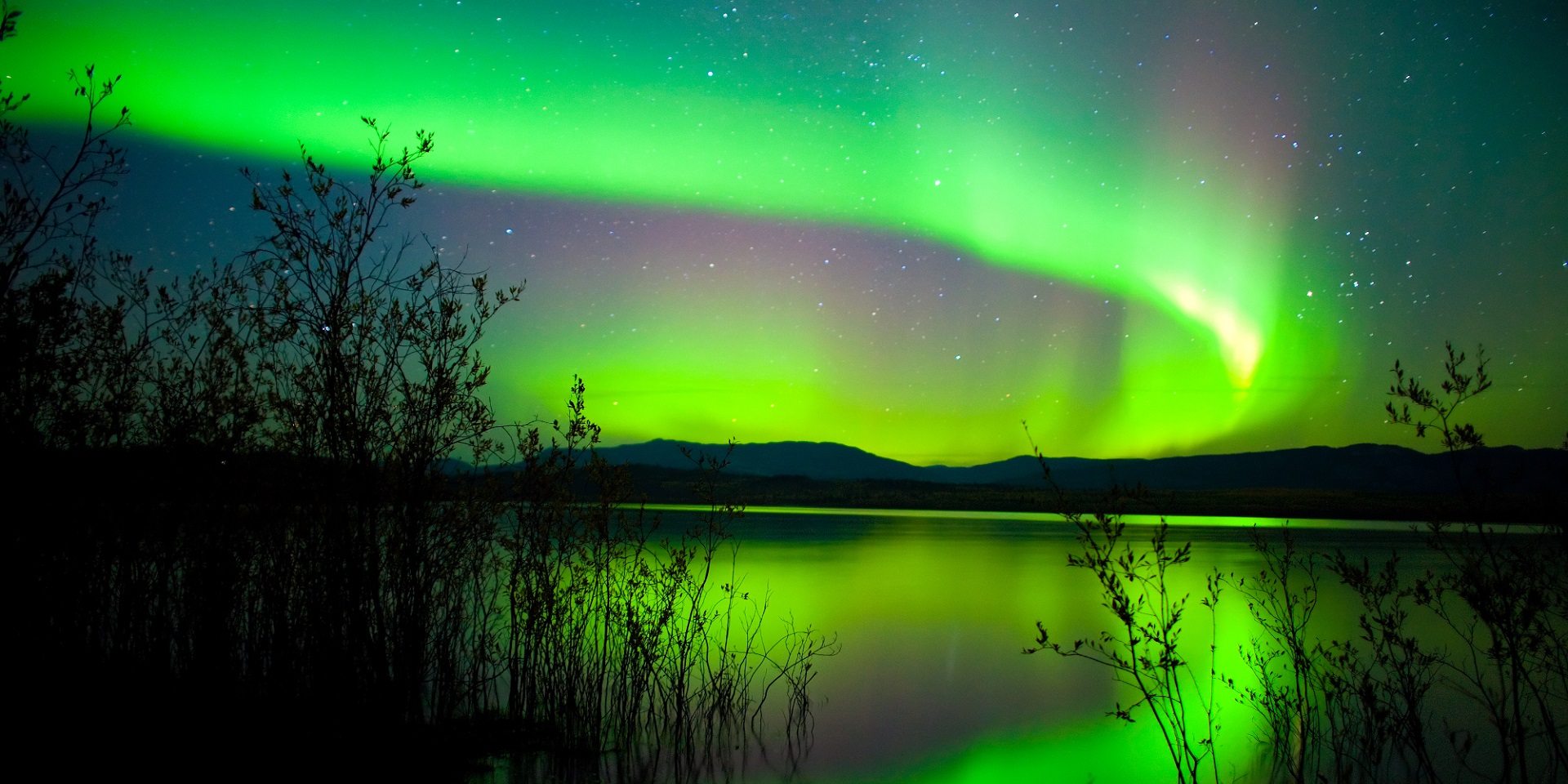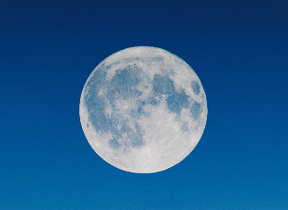Aurora to be visible to parts of the UK tonight, but will it be clear?
This evening brings heightened anticipation for aurora enthusiasts across the UK.
This evening brings heightened anticipation for aurora enthusiasts across the UK. Following a series of coronal mass ejections (CMEs) from the Sun, the Earth’s atmosphere is set to experience another wave of geomagnetic activity.
These solar eruptions, which began arriving from Tuesday, have already delivered enhanced auroral displays for parts of Scotland. However, while the science points to a promising event, terrestrial weather is likely to disappoint many hopeful skywatchers this evening.
Aurora forecast for Wednesday night
Another CME is forecast to impact Earth on Wednesday afternoon or evening. This is expected to bring visible auroras across parts of northern UK, with a chance of sightings extending further south into England and Wales. The event is anticipated to be of a similar magnitude to the notable May 2024 aurora, which saw the lights visible across much of England and Wales.
However, the main story for tonight is not the space weather, but the terrestrial weather. Most areas across the UK are expected to experience significant cloud cover, which will severely limit the chances of seeing the aurora. Even in regions where geomagnetic activity is strong enough to produce visible displays, thick cloud is likely to obscure the view for many. Those in Scotland, where auroras are most commonly seen, may have the best chance if there are any breaks in the cloud, but even here, conditions are far from ideal.
Space weather activity is forecast to decline by Thursday night, with reduced auroral enhancement expected. As the Sun gradually transitions back towards solar minimum over the coming years, the frequency of such dramatic events will decrease, though further impactful activity remains possible even during the decline phase.
Aurora possible tonight! 🔭
— Met Office (@metoffice) November 11, 2025
Most likely across northern Scotland but perhaps further south across Northern Ireland, England and Wales, although widespread cloud in these areas will likely limit any sightings 🌠 pic.twitter.com/VccHGfQGco
Why cloud cover matters
Auroras occur high in the atmosphere, typically between 80 and 300 kilometres above the Earth’s surface. To see them, clear, dark skies are essential. Even thin cloud can obscure the subtle colours and movements of the aurora, while thick cloud makes sightings impossible. Light pollution from urban areas further reduces visibility, so the best chances are always in rural locations with an unobstructed northern horizon.
What are auroras and why do we see them?
Auroras, often called the northern lights (aurora borealis) in the northern hemisphere, are natural light displays that occur when charged particles from the Sun interact with the Earth’s magnetic field and atmosphere. These particles, carried by the solar wind, are funnelled towards the polar regions by the planet’s magnetic field. When they collide with gases in the upper atmosphere, primarily oxygen and nitrogen, they emit light, creating the shimmering curtains and arcs of green, pink, and sometimes red or purple that characterise auroral displays.
The intensity and reach of auroras depend on the strength of solar activity. During periods of heightened solar output, such as solar maximum, the Sun produces more sunspots and is more likely to unleash powerful CMEs. These events can trigger geomagnetic storms on Earth, increasing the likelihood of auroras being visible further south than usual.
READ MORE: What are geomagnetic storms and what are their effects?
The current solar cycle and recent activity
The Sun is currently in its solar maximum phase, the most active part of its 11-year cycle. This means more frequent and intense solar events, including sunspots and CMEs. The recent surge in activity is linked to a large sunspot region, which has increased the risk of auroras. The peak in geomagnetic activity is expected on 12 November.
Met Office Space Weather Manager Krista Hammond said: “Multiple coronal mass ejections have reached Earth in recent days, with another one likely to arrive later today.
“This event is likely to be of a similar magnitude to the one in May 2024, which brought auroras across much of England and Wales. However, on this occasion, the weather will hamper viewing potential for many, with thick cloud and rain for much of the country. The best visibility is likely to be in the north of Scotland on Wednesday night, though there is a chance of some breaks in the cloud at times in the southeast in the night.”
In summary, while the science behind tonight’s aurora forecast is compelling, with strong geomagnetic activity and the potential for widespread displays, the weather on the ground is likely to frustrate many would-be observers.
Keep up to date with weather warnings, and you can find the latest forecast on our website, on YouTube, by following us on X and Facebook, as well as on our mobile app which is available for iPhone from the App store and for Android from the Google Play store.






